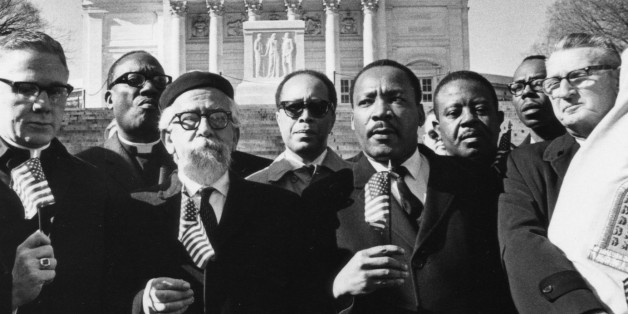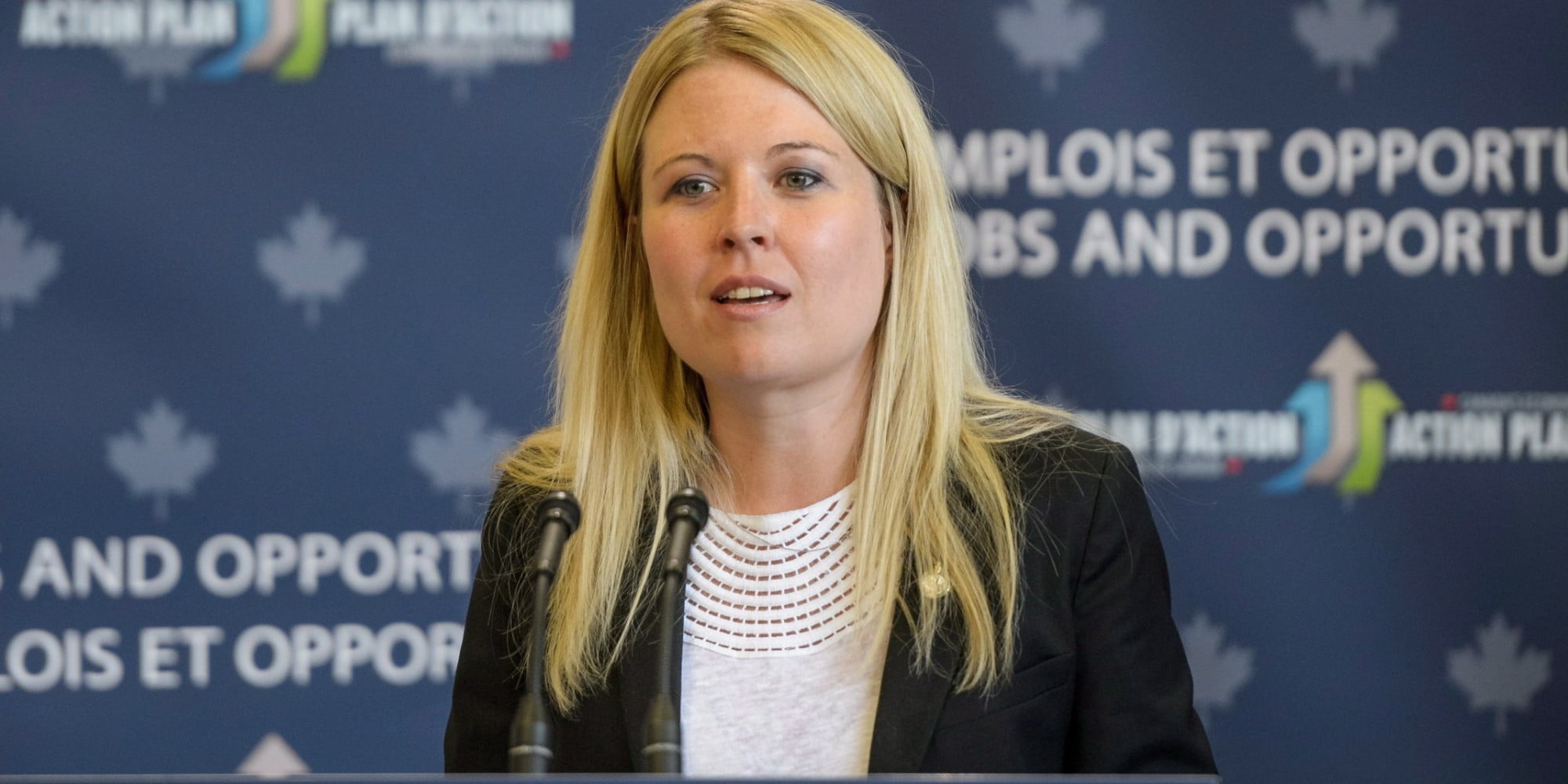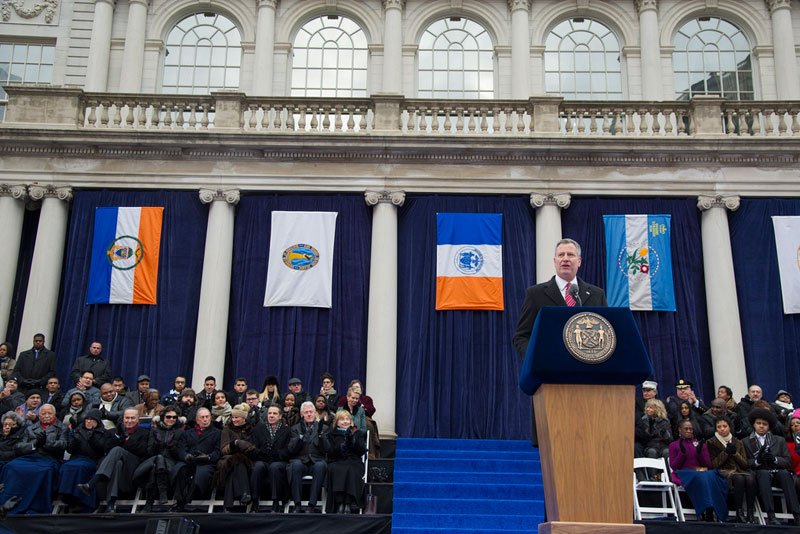Most recently, my “expertise” has resulted in my efforts to affirm Eli Weisel’s insistance that being a Jew ( surrounded as I had been in the 1950s by tattooed survivors of the Holocaust) requires us as Jews to end genocide of whatever form; specifically in Yemen, the Mayanmar region of what used to be Burma, Venezuela ( most especially on the Western border in Colombia) the Sudan, and ….
Jr.
Canadian MP Michelle Rempel is the greatest English language orator of our time
++++ Not since Robert Kennedy in 1968 stood on a podium mounted on flatbed truck and announced to a horrified primarily African-American audience on the verge of riot that Dr. Martin Luther King, Jr. had been shot and killed have I witnessed a speech of this power and significance. ++++ https://m.youtube.com/watch?t=517s&v=pMMHv5NTUko ++++ Refugees cheer Canadian […]
My first “real” job: Scanlan’s Monthly 1970 NOT for minors
The Corona virus appears, when least expected, In this case in my memories of my first “real” job now 50 years ago. “O tempora! O mores!” as that old windbag Cicero once exclaimed. Afterward: For more on how Scanlan’s Monthly in June 1970 failed to disrupt that august race try as it might to disrupt […]
New York City Mayor Bill de Blasio’s inspiring inaugural address
Inaugural Address of Mayor Bill de Blasio: “Progress for New York” January 1, 2014 Editorial notes: 1. Finally, out of the politics of despair and retrenchment, a new leader has emerged from the Democratic party unafraid to express the values in which I believe. In this, Bill de Blasio’s inaugural address, he states: “Fiorello […]



